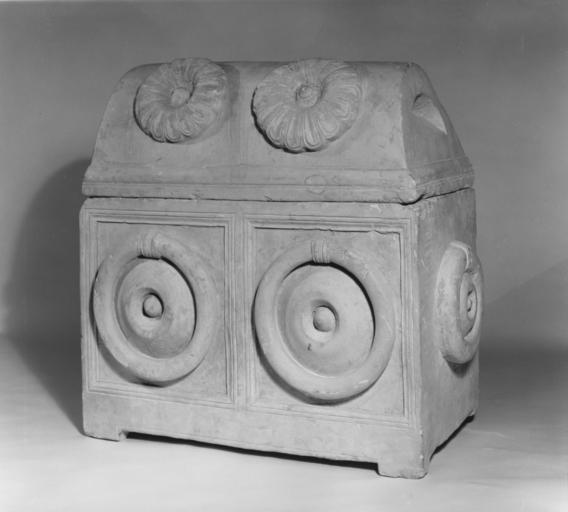MAKE A MEME
View Large Image

| View Original: | Levantine_-_Jewish_Ossuary_-_Walters_23240.jpg (1800x1622) | |||
| Download: | Original | Medium | Small | Thumb |
| Courtesy of: | commons.wikimedia.org | More Like This | ||
| Keywords: Levantine - Jewish Ossuary - Walters 23240.jpg The shape of this piece was inspired by wooden chests that were used in Jewish homes The origin of the Jewish ossuary a box for holding bones can be traced back to the late 1st century BC during the time when Rome ruled the Holy Land At that time by Jewish custom when someone died the body was placed in a wooden coffin within a rock-hewn tomb or burial cave After a year the bones were removed and put into an ossuary in the family tomb On this example the name of the deceased is carved on the back Yehosef bar Aglon or Yehosef the son of Aglon century 1 limestone cm 72 1 71 32 1 accession number 23 240 22346 Lyn P Meyerhoff Baltimore Walters Art Museum Gift of Mrs Lyn P Meyerhoff 1987 Transliteration On back Yehosef bar Aglon; Translation On back Yehosef the son of Aglon place of origin Rome Italy Walters Art Museum license Ancient Near East art in the Walters Art Museum Ancient Levant art Media contributed by the Walters Art Museum needs category review | ||||